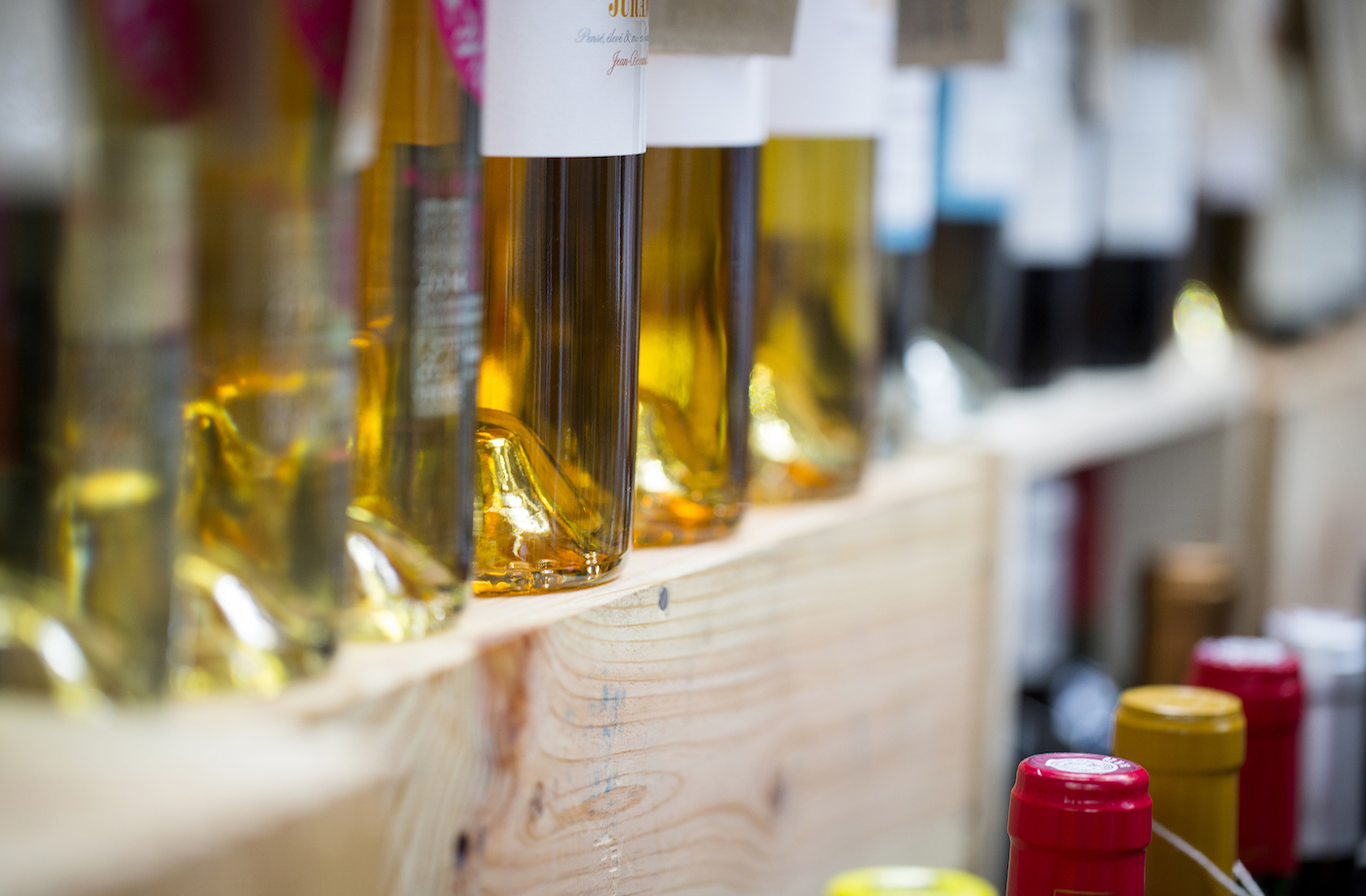Once upon a time I wrote a short piece for a magazine deploring the banality of corporate jargon in the wine trade. Terms like upsegmentation, channel management, wine margin optimisers, gatekeepers, flagship wines and icons were (and still are) being solemnly bandied about ad nauseam as if they meant something. Maybe you can’t blame the brands for helping to debase the English language by communicating in arrant gobbledegook. Or maybe you can – after all the wine industry would have us view wine as a pseudo social science, and to understand its vagaries you need to be able to decode its jargon. Well, as the great wine analyst, Professor Yaffle, said: “Flapdoodle and fiddlesticks!”

Successful branding involves creating an instantly recognisable product. A product must have a specific identity (until it is re-branded), one that appeals to its target consumer. Many products are invented to appeal to certain elements in our psyche – be the instinct to make a safe choice, to reflect the need for approval, or quasi-aspirational desire to be seen drinking a trendy brand. Much time and money goes into research for marketing purposes and understanding how to package the product in order to maximally appeal to the audience in question, that so-called “segment of the target market”.
The wine industry would have us view wine as a pseudo social science, and to understand its vagaries you need to be able to decode its jargon.
At Les Caves, we see people as individuals rather than cyphers or consumers, and we want them to make up their own minds about what they drink on the basis of how good or delicious the wine is, rather than marketing flimflam. As the proverb says: “Good wine needs no bush”. For us the wine is only ever as good as what is in the bottle – and that can be only as good as the quality of farming and the winemaking. Brands create faux-mythologies about vineyards and places, inventing colourful and factitious back stories, mere corroborative detail, intended to give artistic verisimilitude to an otherwise bald and unconvincing narrative. The real stories are somewhat more prosaic.

If you work with a brand, you necessarily have to regurgitate the brand-myth. The money will follow the product; that money is spent on a variety of promotional activities such as generic tastings, hosting events, corporate sponsorship and knick-knacks. In a competitive market, it is essential that the brand is always seen and heard. This smacks of desperation – whilst people in the trade may accept hospitality and the perks, they will eventually lose respect for a wine company that is constantly courting their affections by means of… bribery. (Let’s call a spade a spade). It is a different matter to reward sommeliers and buyers who have really invested in the brand and believe the wine stands up of its own accord.
At Les Caves, we see people as individuals rather than cyphers or consumers, and we want them to make up their own minds about what they drink on the basis of how good or delicious the wine is, rather than marketing flimflam.
Brands, by definition, are immutable. Their consistent is their not-so-unique selling point. We like our wines to be mutable; the fact that they are different from year to year, day to day, hour to hour, shows that we are dealing with charismatic living products that cannot be circumscribed by pat descriptions nor commercially-pleasing imagery. To be successful you don’t have to play the game or talk the jargon-ridden talk; the wines, do, however, have to walk the walk.

